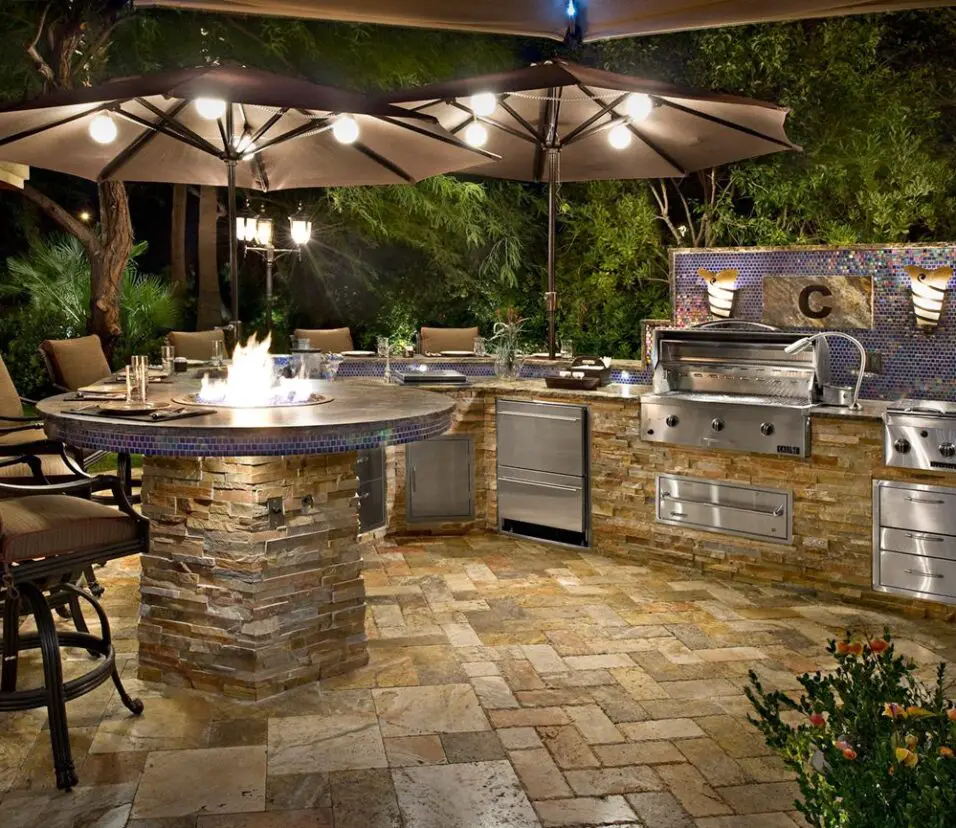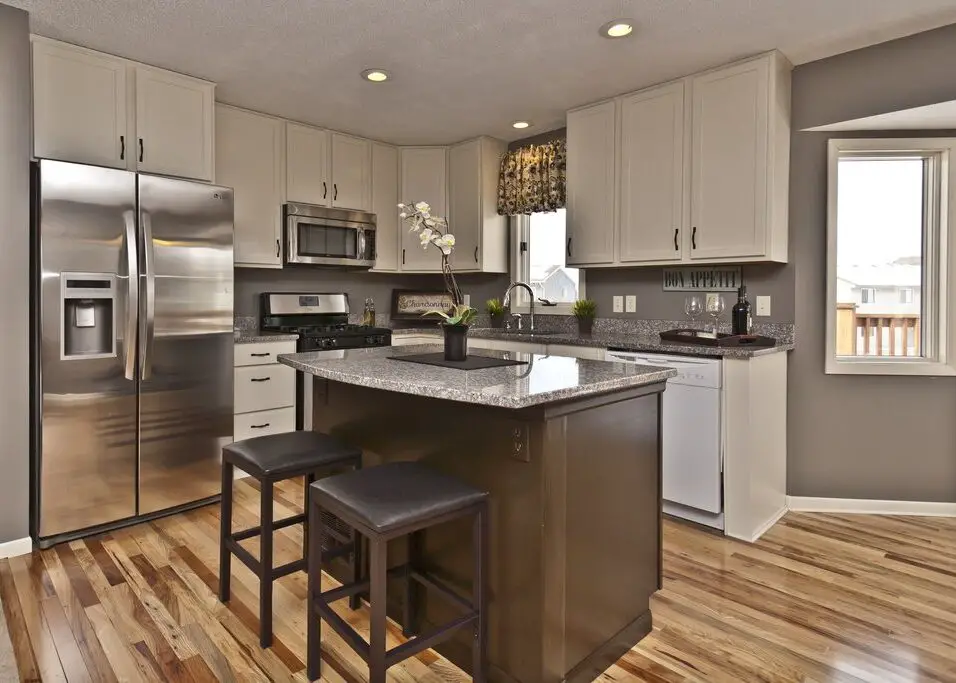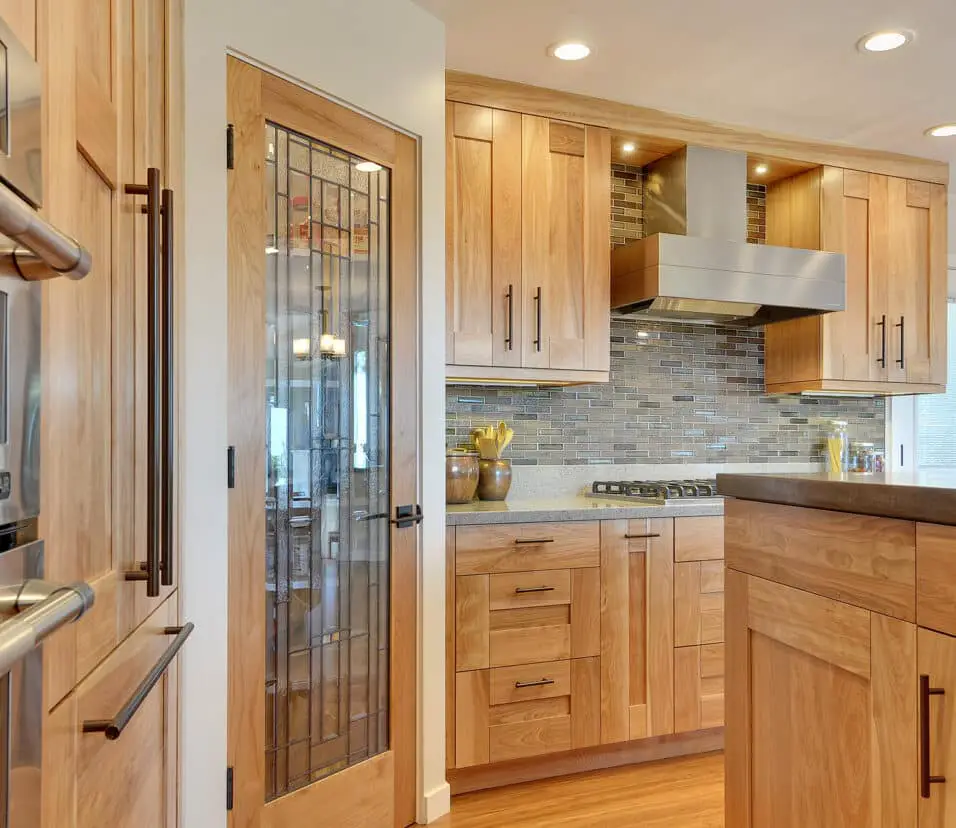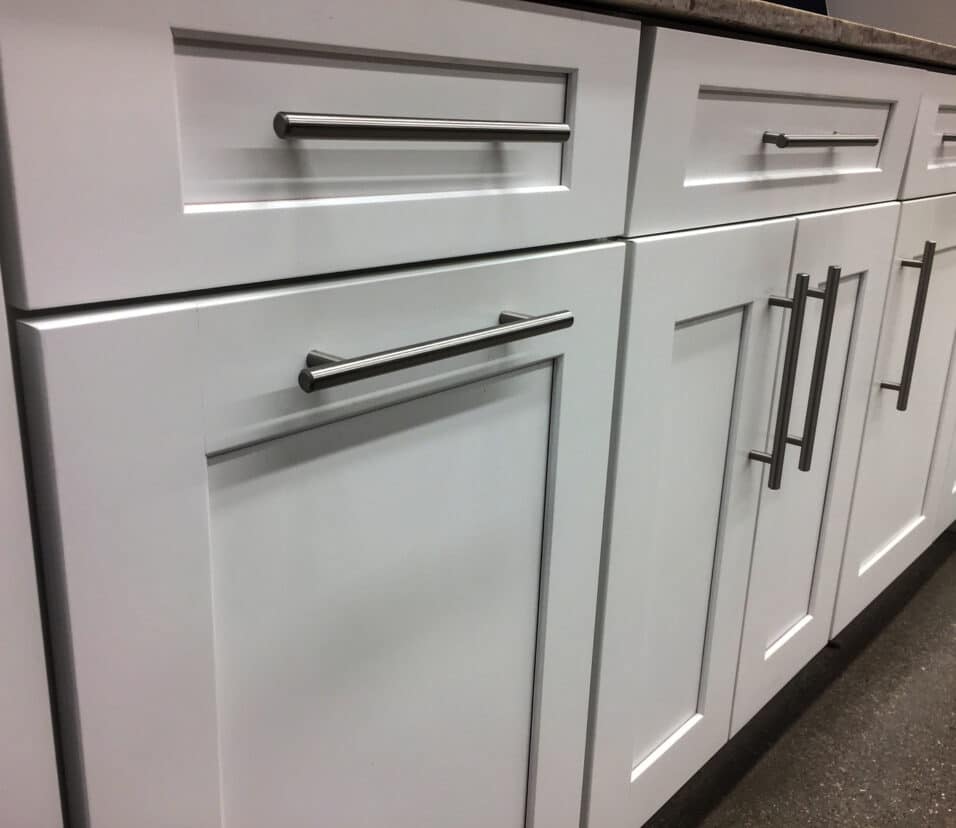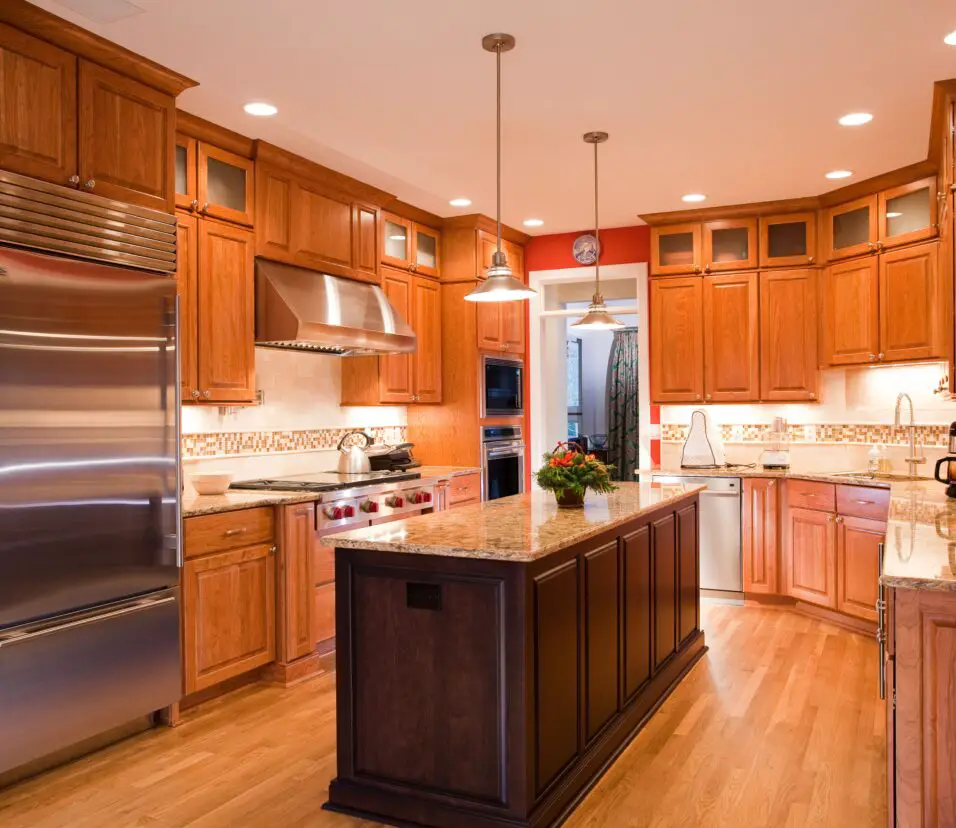How To Build A Kitchen Pantry Cabinet
Introduction
How To Build A Kitchen Pantry Cabinet: A kitchen pantry cabinet is a dedicated space to store and organize all your non-perishable food items, kitchen essentials, and supplies. It not only helps declutter your kitchen but also ensures that everything you need is within easy reach. Some functionality and organization to your kitchen, building a pantry cabinet is an excellent choice.
We’ll take you through the process of building your very own kitchen pantry cabinet from scratch. Whether you’re an experienced woodworker or a passionate beginner, this project is achievable with some basic carpentry skills and the right tools. The beauty of building your pantry cabinet is that you can customize it to perfectly fit your kitchen’s layout and your personal preferences.
We’ll cover everything from planning and measuring to selecting materials, cutting, assembling, and finishing touches. With careful attention to detail and a dash of creativity, you’ll have a stunning and functional pantry cabinet that complements your kitchen cabinet and serves as a valuable storage solution. Get your tools ready, and let’s dive into the wonderful journey of crafting a kitchen pantry cabinet that will undoubtedly become the heart of your culinary space.
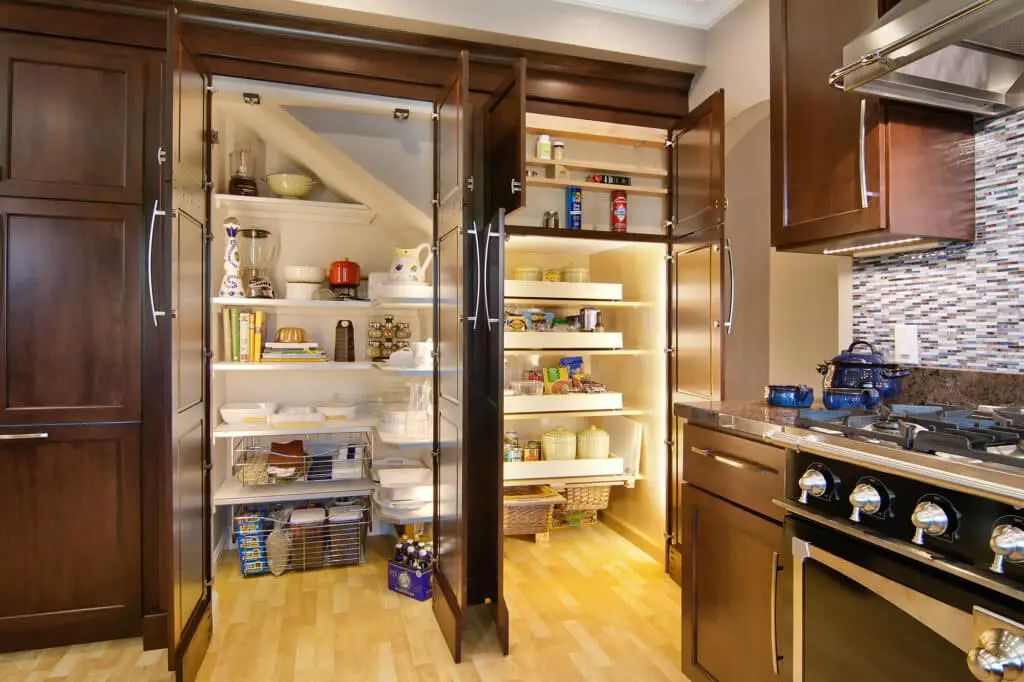
How much does it cost to build a pantry cabinet?
How Much Does It Cost to Build a Pantry per Square Foot? On average, a new pantry will cost between $20 and $40 per square foot. If you don’t need to install new wiring or knock down any walls, then the cost would be on the low-end of this range. This frees up more money to spend on extra features.
The choice of materials will heavily influence the cost of your pantry cabinet. Common materials include plywood, MDF (Medium Density Fiberboard), solid wood, and particleboard.
Solid wood tends to be more expensive but offers a durable and high-quality option. While MDF and particleboard are more budget-friendly alternatives. Additionally, hardware such as hinges, handles, and knobs will also add to the material costs.
The size and complexity of your pantry cabinet will directly impact the cost. Larger pantries with more shelves and intricate designs may require additional materials and labor, increasing the overall expense.
Building the pantry cabinet yourself can save money on labor costs, but it will require time, tools, and woodworking skills. If you’re an experienced DIYer, this might be a great option. On the other hand, hiring a professional carpenter or cabinetmaker will ensure. A high-quality finish but will come with additional labor expenses.
The cost of materials and labor can vary based on your location and regional factors such as supply and demand, cost of living, and local market rates for carpentry services.
The choice of finishes, paint, stain, or varnish will affect the cost. Additionally, if you decide to add custom features like pull-out shelves, spice racks, or adjustable dividers, these will contribute to the overall expenses.
How do you build a kitchen pantry?
8 Smart Ways to Create a Pantry in Even the Tiniest Kitchen
- Repurpose a bookshelf. Stick an old bookcase in the kitchen (cute paint job optional) and load it with your dry goods and produce for a DIY “custom” cabinet.
- Go between the studs.
- Rethink the coat closet.
- Devote a cabinet.
- Hang shelves anywhere you can.
Decide on the dimensions, style, and features of your pantry. Consider the number of shelves, drawers, and compartments you’ll need to accommodate your storage requirements. Sketch out your design or use online tools to visualize the final product.
Based on your design, create a list of materials required, such as plywood, MDF, screws, hinges, handles, and paint or finish. Ensure you have the necessary tools, including a saw, drill, measuring tape, level, and sandpaper.
Clear the space where you plan to install the pantry. Remove any obstacles and ensure the area is clean and level. If you’re building a freestanding pantry, ensure it’s stable and won’t tip over.
Measure and cut the plywood or MDF according to your design. Use a saw to create the sides, shelves, back, and door panels. Sand the edges to ensure a smooth finish.
Begin assembling the pantry by attaching the sides to the back panel using screws. Install the shelves at your desired heights, ensuring they are level. Add any additional compartments or drawers if your design includes them.
How do you turn kitchen cabinets into pantry?
Spend $60 (or Less!) and Turn a Cabinet into the Best Pantry Ever
- Stash things in baskets.
- Create extra storage space with under-shelf baskets.
- Store your produce in magazine files.
- Organize your cans with stackable bins.
- Forge a pantry drawer for smaller items.
There are various options for pantry shelves, including adjustable shelves, pull-out shelves, and wire baskets. Select shelves that fit your needs and the cabinet’s dimensions. You can find pre-made shelving solutions at hardware stores or customize your own.
Follow the manufacturer’s instructions to install the shelves inside the cabinets. Make sure they are level and secure to hold the weight of your pantry items.
Consider installing door-mounted organizers to maximize storage space. These organizers can hold spices, utensils. Small items, making the most of the pantry’s interior and keeping everything easily accessible.
If you have deep cabinets and want easier access to items in the back, consider adding drawers. You can either purchase drawer kits or build custom drawers to fit the cabinet’s dimensions.
As you start filling your new pantry, use labels and clear containers to keep everything organized and easily identifiable. This will help you find items quickly and maintain a neat and tidy pantry.
If you want to enhance the pantry’s appearance, you can repaint or refinish the cabinet doors to match your kitchen’s decor. This step is entirely optional but can provide a cohesive look to your transformed pantry.
Can I build a pantry in my kitchen?
A pantry can be built-in, butler’s style, walk-in, freestanding, or a combination. No matter the style, it should optimize your kitchen layout by consolidating everything in one handy location. Keep food items organized and on-hand with these kitchen pantry design ideas.
Decide on the size, style, and features you want for your pantry. Consider the number of shelves, drawers, and compartments you’ll need to accommodate your storage requirements. Sketch out your design or use online tools to visualize the final product.
Based on your chosen design, create a list of materials required, such as plywood, MDF, screws, hinges, handles, and paint or finish. Ensure you have the necessary tools, including a saw, drill, measuring tape, level, and sandpaper.
Follow the design plan and start building your pantry. Assemble the materials, cut the pieces to size, and construct the pantry according to your specifications. If you’re not comfortable with DIY, you can hire a professional carpenter to build it for you.
Once your pantry is ready, carefully install it in the designated space. If you’re creating a built-in pantry, ensure it fits snugly and is securely attached to the surrounding walls or cabinetry.
Once your pantry is in place, start organizing your kitchen essentials, non-perishable items, and supplies on the shelves. Use storage containers and labels to keep everything tidy and easily accessible.
How deep is a pantry cabinet?
The 12-inch variety is typically used for pantry cabinets that store canned goods, while 24-inch-deep cabinets make good utility cabinets for brooms, mops, and appliances.
A 24-inch deep pantry cabinet is the most substantial option and is suitable for larger kitchens or when you have a significant amount of storage needs. This size allows you to store larger kitchen appliances, such as mixers or blenders, and provides ample space for bulk food items.
When deciding on the depth of your pantry cabinet, consider the layout of your kitchen and how much space you can allocate for the pantry. Also, think about the types of items you’ll be storing, the frequency of use, and your organization preferences. Adjustable shelves are a great feature to have, as they allow you to customize the interior of the pantry cabinet to suit your changing needs over time.
Keep in mind that the height and width of the pantry cabinet are also important factors to consider when planning the overall design. Ensure that the pantry fits comfortably in your kitchen space and complements the existing cabinetry and decor.
Ultimately, the ideal depth of your pantry cabinet will depend on your specific requirements and available kitchen space. By carefully considering your storage needs and available options, you can create a pantry cabinet that optimizes your kitchen’s organization and efficiency.
The standard depth of a pantry cabinet typically ranges from 12 inches (30 cm) to 24 inches (61 cm). However, it’s essential to consider the available space in your kitchen and the items you plan to store in the pantry when choosing the depth.
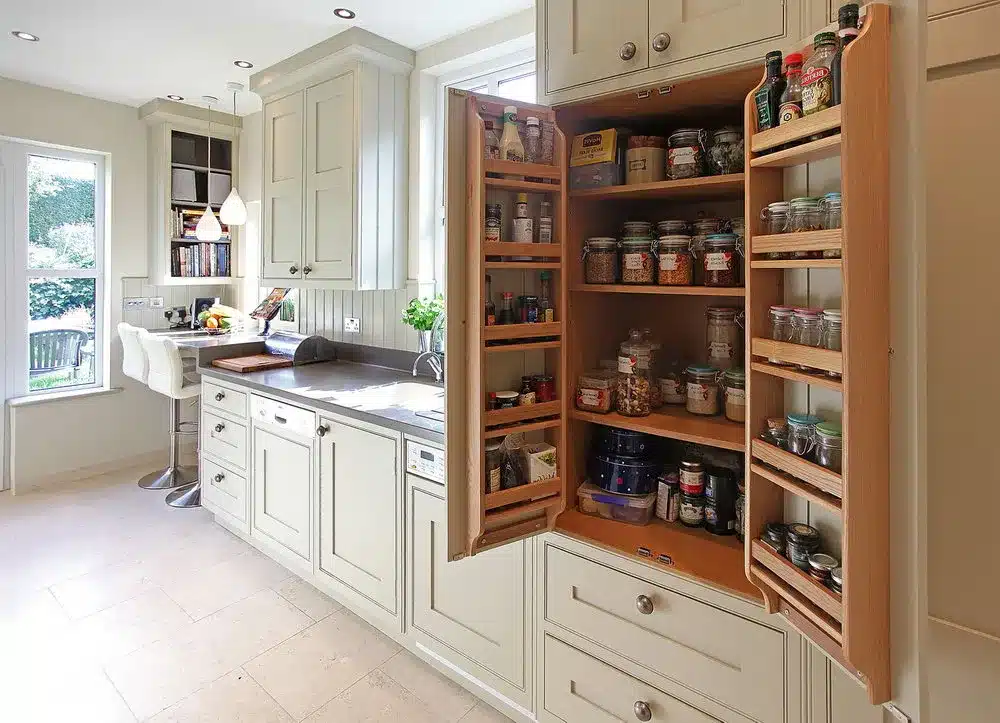
What is the cheapest way to do kitchen cabinets?
What is the Cheapest Way to Do Kitchen Cabinets?
- Repainting Your Existing Kitchen Cabinets. There are few things more frustrating than a scratched or chipped paint job.
- Refacing Your Existing Kitchen Cabinets.
- Finding Used or Recycled Kitchen Cabinets.
- Consider Purchasing RTA Cabinets.
- Buy Cabinets Online.
- Bottom Line.
If you’re handy and enjoy DIY projects, consider giving your cabinets a makeover yourself. From sanding and repainting to adding new hardware and decorative accents, you can significantly improve the appearance of your cabinets at a fraction of the cost of buying new ones.
Stock cabinets are pre-made and come in standard sizes. They are more affordable than custom or semi-custom cabinets because they are mass-produced. While the design options may be limited, you can often find stock cabinets that fit well with your kitchen’s layout and style.
Check out discount or outlet stores that specialize in kitchen cabinetry. They may offer overstocked or discontinued models at significantly reduced prices. You might be able to find high-quality cabinets at a fraction of the cost of buying them from regular retailers.
RTA cabinets come in flat packs and require assembly, which makes them more affordable than pre-assembled cabinets. They are available in various styles and materials, and assembling them yourself can save on labor costs.
Consider upcycling or repurposing materials to create unique and budget-friendly cabinet solutions. For example, you can use reclaimed wood or salvaged doors to build custom cabinets or open shelving.
Replacing some or all of your upper cabinets with open shelving is an inexpensive way to create an airy and contemporary kitchen. Open shelving also allows you to display decorative items and easily access frequently used items.
Are pantry cabinets useful?
Pantry cabinets were mostly used for storing food. But, like everything else, they too evolved into a much more important part of everyday life. Now, aside from storing food, pantries can be used to organize utensils, pots, and pans, for storing spices, bowls, boards, and other kitchen necessities.
While traditional walk-in pantries may be less common in modern kitchens, built-in pantry cabinets are popular alternatives. These cabinets are designed to provide dedicated pantry storage within the kitchen’s cabinetry. Built-in pantry cabinets can come in various styles, sizes, and configurations, offering adjustable shelves, pull-out drawers, and other clever storage features.
Modern kitchens often feature pull-out pantry systems, which are narrow and tall cabinets that can be concealed within the cabinetry. These pull-out pantries slide out like a drawer, offering easy access to stored items and maximizing storage space.
Some modern kitchen designs include pantry walls or pantry nooks. These are designated areas within the kitchen that are dedicated to storage and organization. Pantry walls can feature floor-to-ceiling cabinetry or shelving, providing ample storage space for pantry items.
Modern kitchens often incorporate kitchen islands that serve as multifunctional workspaces. Many kitchen islands are designed with built-in storage, including shelves and drawers, where pantry items can be stored conveniently.
In some modern kitchen designs, open shelving is used to create a pantry-like storage display. Open shelves can hold a selection of commonly used items and decorative containers, providing both functionality and a visually appealing element to the kitchen.
Do modern kitchens have pantries?
Pantries are common in modern kitchens because it helps homeowners get more storage space without creating extra floor space.
With adjustable shelves, drawers, and built-in compartments, pantry cabinets allow you to organize your items in a way that makes sense to you. You can categorize and arrange your food items based on their types, sizes, or frequency of use, making it easier to find what you need when you need it.
Pantry cabinets enable easy access to your stored items. With pull-out shelves or rotating organizers, you won’t have to rummage through deep cabinets to find that elusive can of soup or spice jar. This accessibility streamlines your meal preparation and cooking process.
Having a pantry cabinet means you can take advantage of bulk buying opportunities and stock up on your favorite items when they are on sale. This can lead to cost savings over time and ensures you always have the ingredients you need readily available.
Pantry cabinets come in various sizes and designs, making it easy to find one that fits your kitchen layout and available space. You can choose from freestanding, built-in, or pull-out pantries to optimize the use of every nook and cranny in your kitchen.
A pantry cabinet is an excellent solution for hiding away kitchen clutter. Items like cleaning supplies, pet food, and small appliances can be neatly tucked away behind closed doors, keeping your kitchen looking clean and tidy.
A well-designed and functional pantry cabinet adds value to your home. Potential homebuyers often appreciate the convenience of a well-organized kitchen, making it a desirable feature when selling your property.

Conclusion
Building a kitchen pantry cabinet is no small feat, but the rewards are well worth the effort. Not only have you saved on the cost of purchasing a pre-made cabinet, but you have also gained valuable experience in woodworking and honed your DIY skills. This project has allowed you to unleash your creativity, as you tailored the design to match your kitchen’s layout and your personal taste.
Beyond the practical benefits of extra storage, your pantry cabinet serves as a symbol of your dedication to making your living space more efficient and organized. It’s a testament to your ability to take on challenges and see them through to completion. As you stand back and admire your handiwork, take a moment to appreciate the satisfaction of creating something with your own two hands. Your kitchen pantry cabinet will be an essential part of your daily life, streamlining your cooking and meal preparation while adding a touch of elegance to your kitchen.
But the journey doesn’t end here. As you continue to tackle DIY projects, you’ll gain even more confidence and skills. Remember, there’s always room for improvement and learning, so don’t hesitate to take on new challenges in the future. Now, go ahead and fill your pantry cabinet with all your favorite ingredients and supplies. As you organize your items and bask in the joy of a clutter-free kitchen, you’ll know that you’ve not only built a cabinet but also crafted memories that will last a lifetime.




